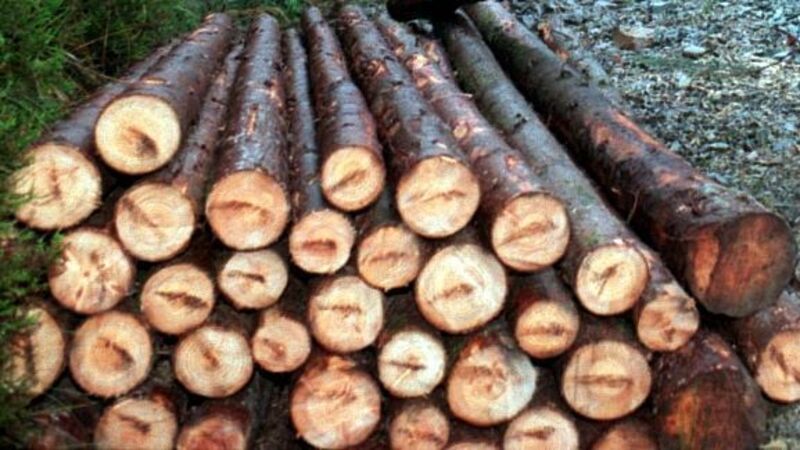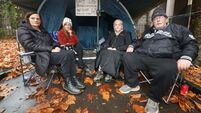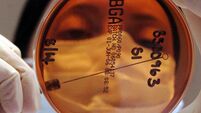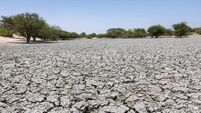Coillte defends tree felling in state park

The forestry body also said it stands over the scientific evidence which led to the decision in January to begin felling some 16,000 Japanese larch in Gougane Barra Forest Park in Co Cork following confirmation of sudden oak-death, a fungal-like disease, in the park.
The felling was ordered to prevent the further spread of the disease.
However, Diana Beresford Kroeger, an Irish tree-scientist who acts as a scientific consultant to the not-for-profit group, The Woodland League, claimed Coillte’s documentary evidence to justify the felling was “tenuous at best”. She said she saw no signs of the disease while in the park last August.
“As a scientist I would like to see proof of its presence, which is easy enough to detect, before I express my horror and dismay at the destruction of the forest at Gougane Barra,” she said.
Woodland League spokesman Andrew St Ledger criticised the self-regulatory nature of Ireland’s forestry sector, and criticised the extraction of a stand of 70-year-old western hemlock from Gougane Barra glen.
“The cultural value of the ancient glen, as a place of historic significance, has been ignored in the rush for short-term profit,” he said.
The Centre for Environmental Living and Training (CELT) and Macroom and District Environmental Group also voiced concerns. “Excuses of possibly diseased larch and extensive storm damage have not been adequately shown to be true or accurate,” said CELT’s Bob Wilson.
However, Coillte insisted that the felling had to be done.
Because the symptoms of the fungal disease are often high up in the tree crowns, a spokesperson said the Department of Agriculture, Food and the Marine conducted aerial surveys (since 2010), with help from the Air Corp.
Backed up by ground surveys and confirmation of the disease through laboratory testing, Coillte said department forestry inspectors were satisfied that the area identified for felling was necessary to aid in the control of the disease
The decision to issue a disposal notice in relation to the areas of larch at Gougane Barra was not taken lightly, she added.
The park has been closed to the public since January to facilitate the felling.
Gougane Barra is one of 20 Coillte forests where the disease has been confirmed in Japanese larch since first detected in 2010.












